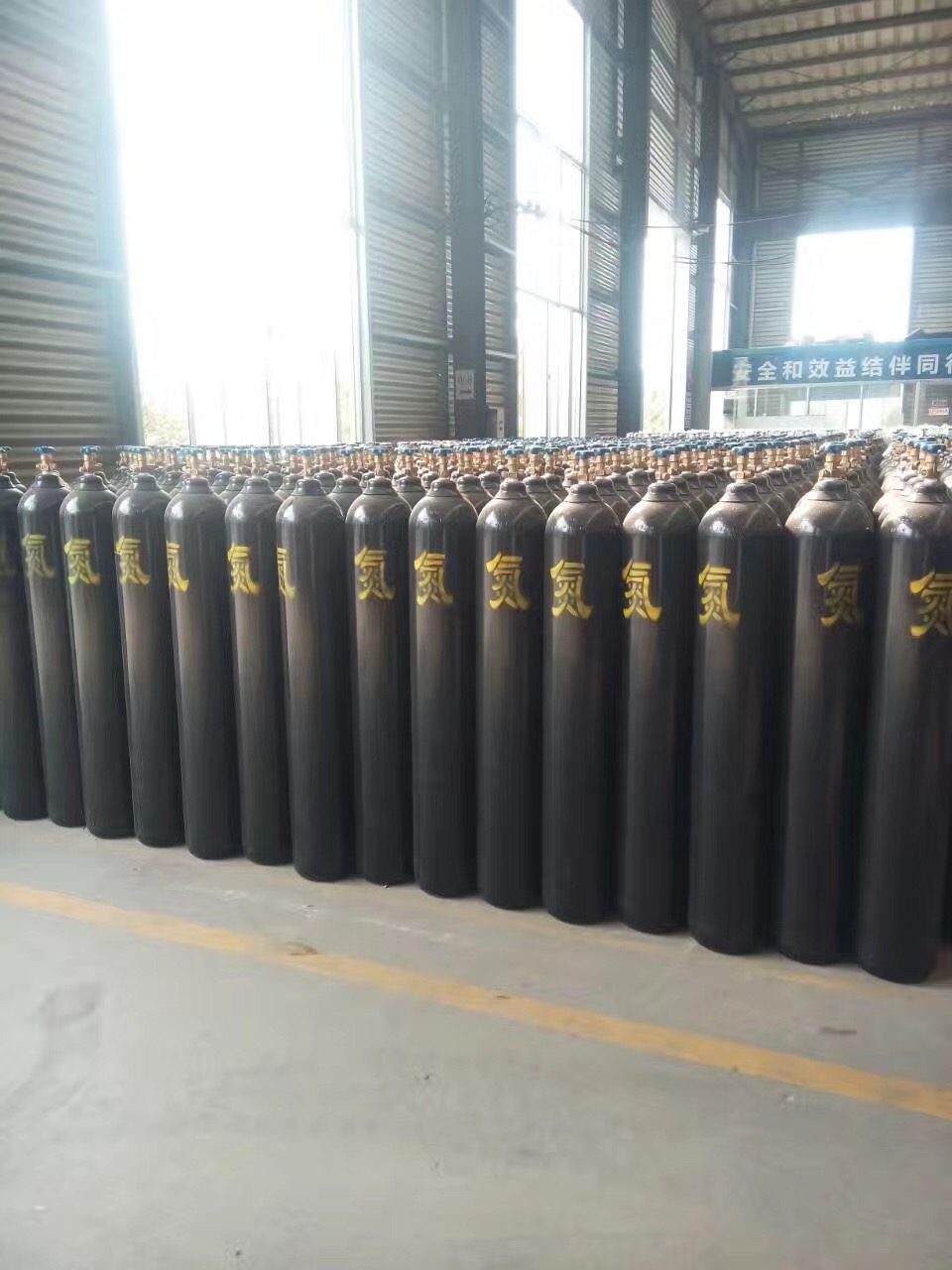How poisonous nitrogen is
Nitrogen itself has no obvious toxicity, but have certain fat-soluble, increases with the increase of nitrogen partial pressure and amount of dissolved, soluble in rich in nerve tissue of lipids, make nerve cell expansion, and change the function of membrane protein structure, interfere with the synthesis of adenosine triphosphate, the inhibitory effect of sodium pump, lead to the excitement of the nerve cell membrane barrier, produce anesthetic effect.
The effect of high pressure nitrogen environment on brain function is directly related to nitrogen partial pressure in inhaled air. The higher the nitrogen partial pressure, the faster and more serious the symptoms appear. This kind of situation is more common when the water depth of deep diving operation is more than 30m. According to the different nitrogen concentration, increased excitability, inaccurate movement, inconcentration, insensitivity, numbness of the mouth and lips, dizziness, drowsiness, hallucination and horror appear respectively, and serious loss of consciousness.
Nitrogen gas bottle
When divers move from the high-pressure underwater environment to the atmospheric environment too quickly, nitrogen dissolved in blood or tissues can be rapidly vaporized to form nitrogen bubbles, which compress nerve vessels or cause microvascular blockage, resulting in decompression sickness or Cisson disease. Direct skin contact with liquid nitrogen can cause severe frostbite.
Inhalation of nitrogen with high concentration is the most common cause of nitrogen disease. Inhalation of nitrogen in large quantities can relatively reduce the oxygen content in the inhaled gas, thus causing the body hypoxia and asphyxia. Under normal circumstances, the oxygen content in the air is about 20% ~ 21%. If the oxygen content in the inhaled air is less than 16%, the symptoms of hypoxia can be caused. When the oxygen content of inhaled air drops to 8%, rapid breathing and cyanosis may occur. When the oxygen content drops to 4%, the patient loses consciousness within a few seconds and stops breathing, which can cause cerebral edema, pulmonary edema and permanent lesions of the cerebral cortical basal ganglia. The patient may quickly experience convulsions, coma and death.
- Prev: Separation Of Isotope Gases
- Next: How to fill with nitrogen





 Facebook
Facebook YouTube
YouTube LinkedIn
LinkedIn Twitter
Twitter